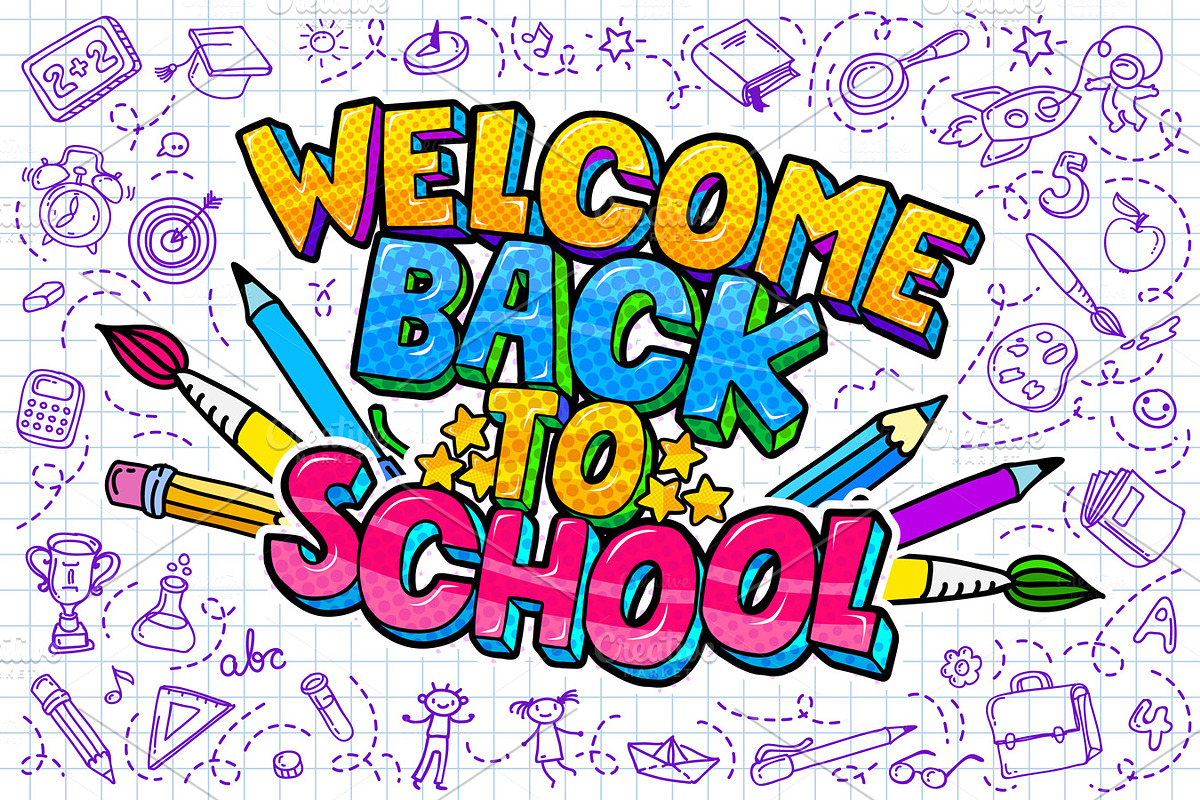 |
| https://www.slideshare.net/SalvatoreGiovanniSorce/theatre-styles |
September 30, October 2, 3
Group presentations
Students will work in their groups and use their content map to teach the class about a drama style (Commedia dell'Arte, Greek Theatre, Kubuki, Medieval Theatre).
Each presentation will include:
- History of the theatre style (include dates, facts, details, vocabulary, and important people associated with that theatre style. Add any interesting information that you find in your research.)
- How has this theatre style influenced us nowadays?
The student: strand i demonstrate awareness of the art form studies, including the use of appropriate language
1-2 demonstrates limited awareness of the art form studies, including limited use of appropriate language
3-4 demonstrates adequate awareness of the art form studies, including adequate use of appropriate language
5-6 demonstrates substantial awareness of the art form studies, including substantial use of appropriate language
7-8 demonstrates excellent awareness of the art form studies, including excellent use of appropriate language
strand ii demonstrate awareness of the relationship between the art form and its context
1-2 demonstrates limited awareness of the relationship between the art form and its content
3-4 demonstrates adequate awareness of the relationship between the art form and its content
5-6 demonstrates substantial awareness of the relationship between the art form and its content
7-8 demonstrates excellent awareness of the relationship between the art form and its content



